The ancient Hindu myth of the Churning of the Ocean of Milk, or Samudra Manthan, remains one of the most vivid and symbolic narratives in Indian mythology. This epic tale, found in texts like the Vishnu Purana and the Mahabharata, describes a monumental collaboration between gods (Devas) and demons (Asuras) to extract the nectar of immortality, Amrita, from the cosmic ocean. The story is not just a religious allegory but also a reflection of India’s cultural and philosophical ethos, where opposing forces must work in tandem to achieve a greater good.
The churning of the ocean was no ordinary feat. It required Mount Mandara as the churning rod and the serpent king Vasuki as the rope. The gods and demons, despite their eternal enmity, joined forces to rotate the mountain, stirring the depths of the ocean. The process unleashed both wonders and horrors—divine treasures like the goddess Lakshmi, the moon, and the wish-fulfilling cow Kamadhenu emerged, but so did deadly poisons like Halahala, which threatened to destroy the universe. The intervention of Lord Shiva, who consumed the poison to save creation, adds another layer of sacrifice and balance to the tale.
Modern interpretations of the Samudra Manthan often draw parallels to India’s socio-political landscape. The idea of opposing forces working together—despite their differences—mirrors the country’s democratic struggles, where coalition governments and ideological clashes are common. The myth also underscores the concept of duality—good and evil, creation and destruction—existing in a delicate equilibrium. This duality is deeply ingrained in Indian thought, from the philosophical schools of Advaita Vedanta to the practical realities of everyday life.
The imagery of the churning ocean has also inspired art, dance, and architecture across India. Temples like Angkor Wat in Cambodia (originally a Hindu temple) feature elaborate carvings depicting the Samudra Manthan, while classical dance forms like Bharatanatyam often incorporate the tale into their performances. The story’s enduring appeal lies in its universal themes: the pursuit of immortality, the cost of ambition, and the necessity of cooperation amid conflict.
In recent years, the metaphor of "churning" has been applied to India’s rapid economic and technological growth. The country’s rise as a global IT powerhouse and its ambitious space program are seen as modern-day equivalents of the gods and demons pulling together to achieve the impossible. Yet, like the myth, this progress comes with challenges—environmental degradation, social inequality, and political strife—that must be managed carefully to avoid the release of a modern-day Halahala.
The Samudra Manthan is more than a story; it is a cultural touchstone that continues to resonate. Whether in the realms of spirituality, art, or contemporary discourse, the tale reminds us that great achievements often require uneasy alliances and that every gain may come with a price. As India navigates its future, the ancient myth serves as both a cautionary tale and a source of inspiration.

By Olivia Reed/Apr 28, 2025

By Emma Thompson/Apr 28, 2025

By Samuel Cooper/Apr 28, 2025
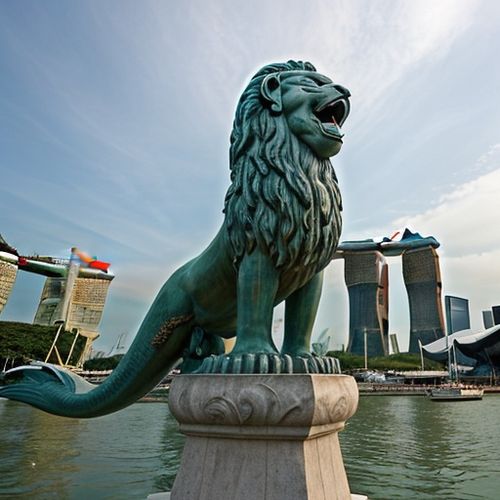
By Grace Cox/Apr 28, 2025

By George Bailey/Apr 28, 2025

By Rebecca Stewart/Apr 28, 2025
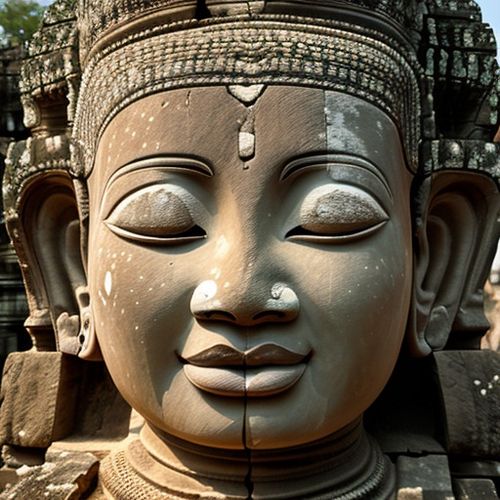
By George Bailey/Apr 28, 2025
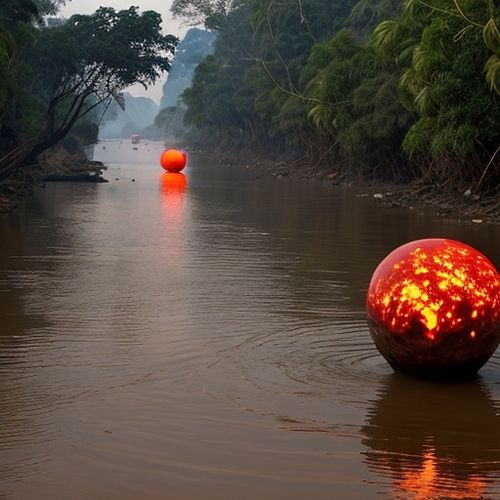
By Olivia Reed/Apr 28, 2025
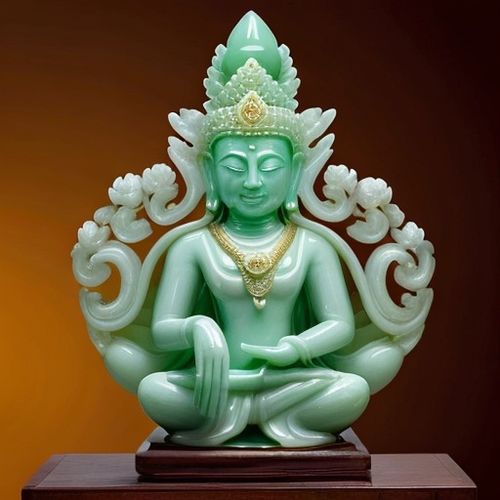
By Eric Ward/Apr 28, 2025
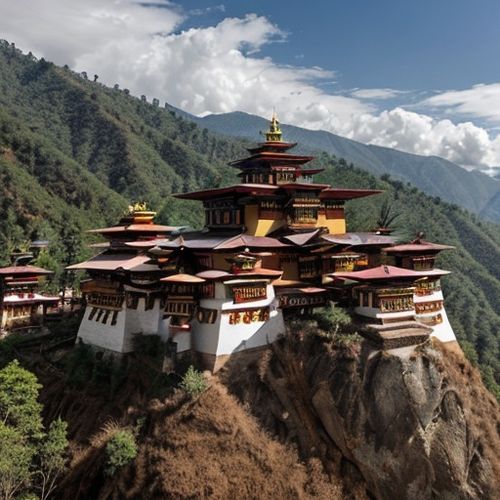
By Benjamin Evans/Apr 28, 2025

By Amanda Phillips/Apr 28, 2025
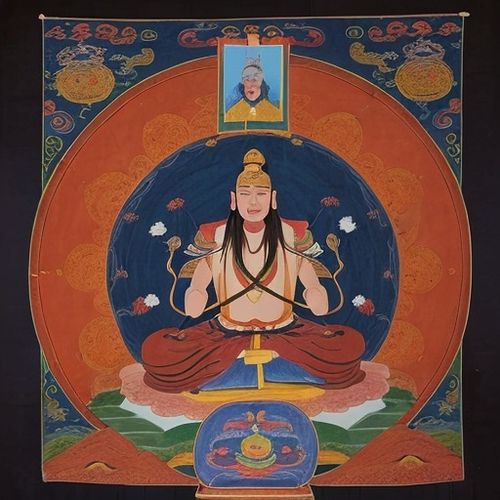
By Sophia Lewis/Apr 28, 2025
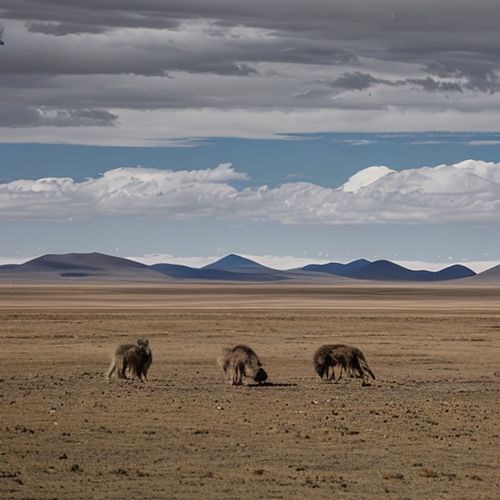
By Christopher Harris/Apr 28, 2025
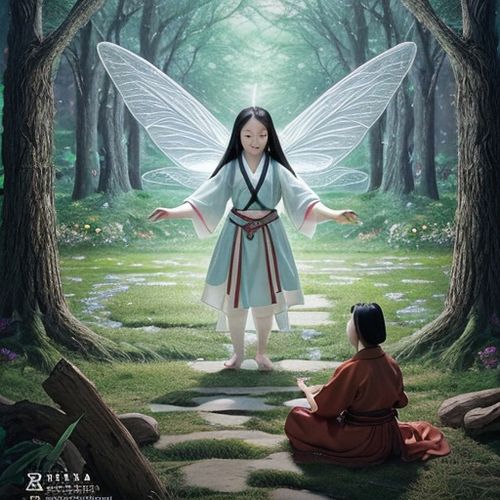
By Benjamin Evans/Apr 28, 2025
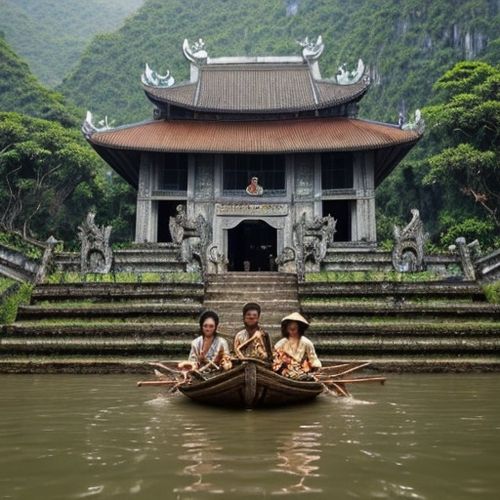
By Rebecca Stewart/Apr 28, 2025
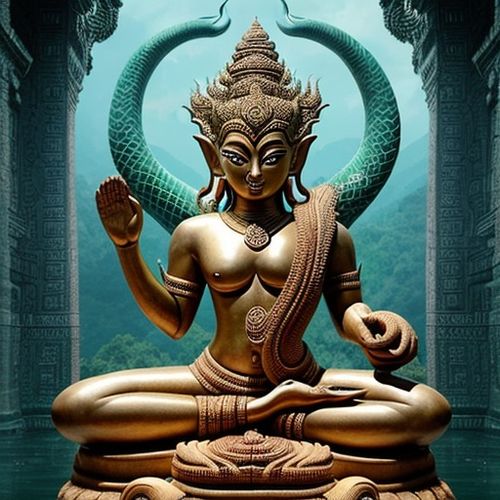
By David Anderson/Apr 28, 2025
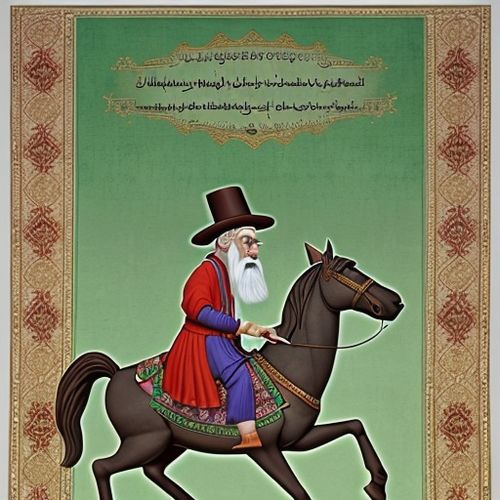
By Olivia Reed/Apr 28, 2025
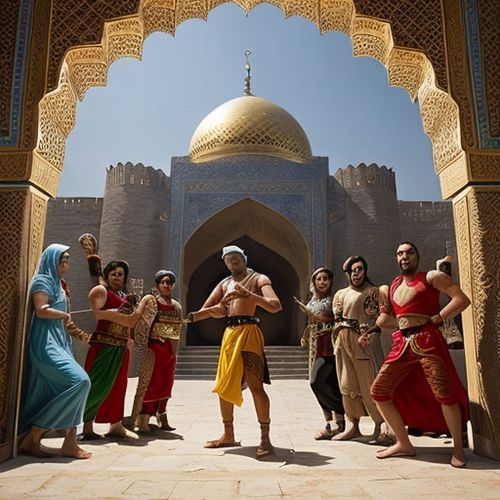
By Lily Simpson/Apr 28, 2025
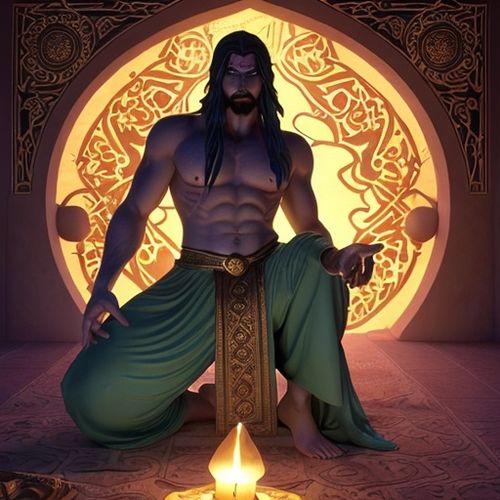
By Emma Thompson/Apr 28, 2025
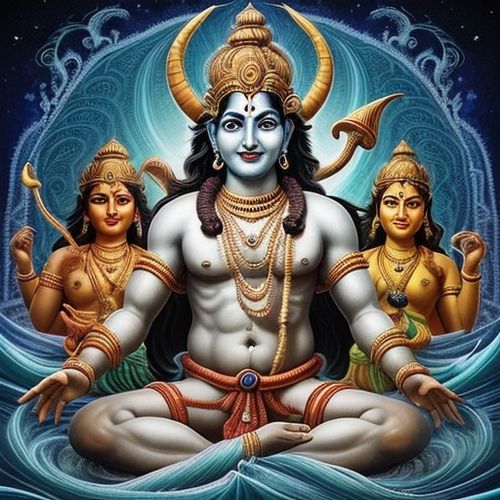
By Laura Wilson/Apr 28, 2025